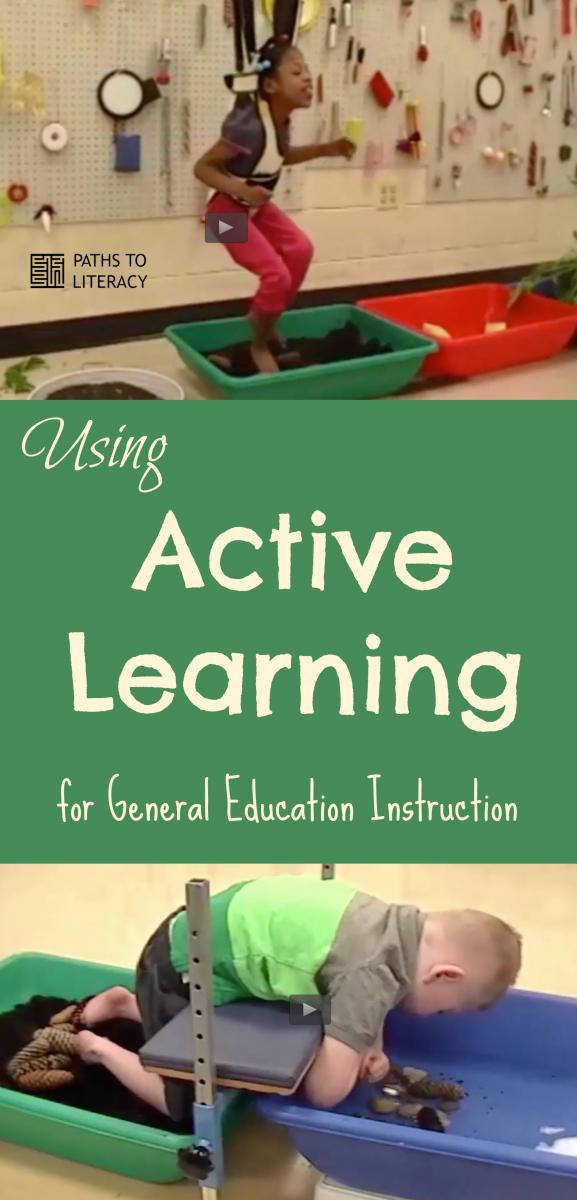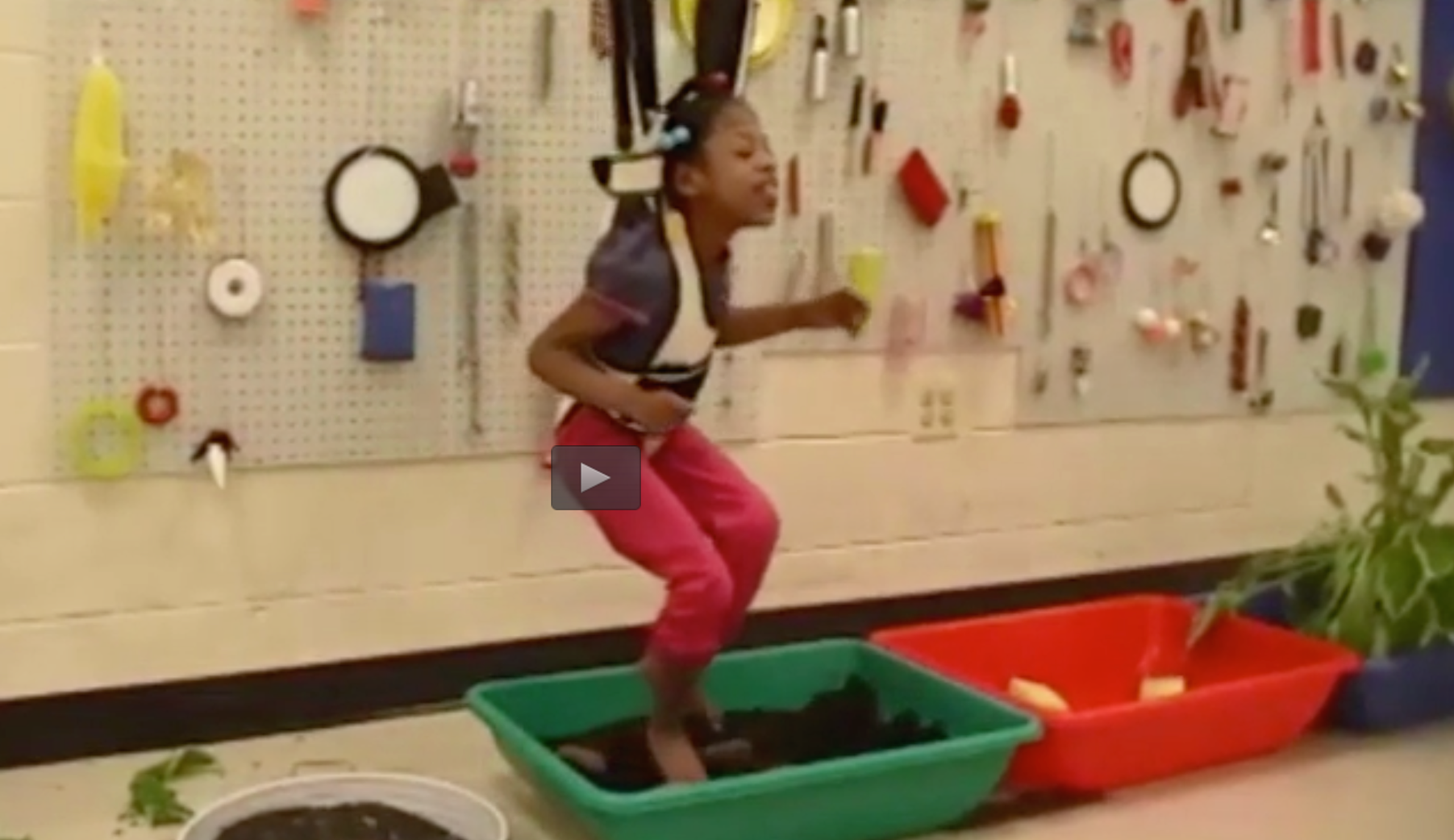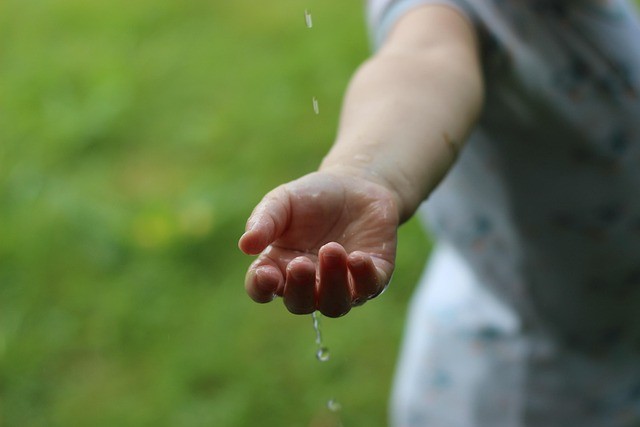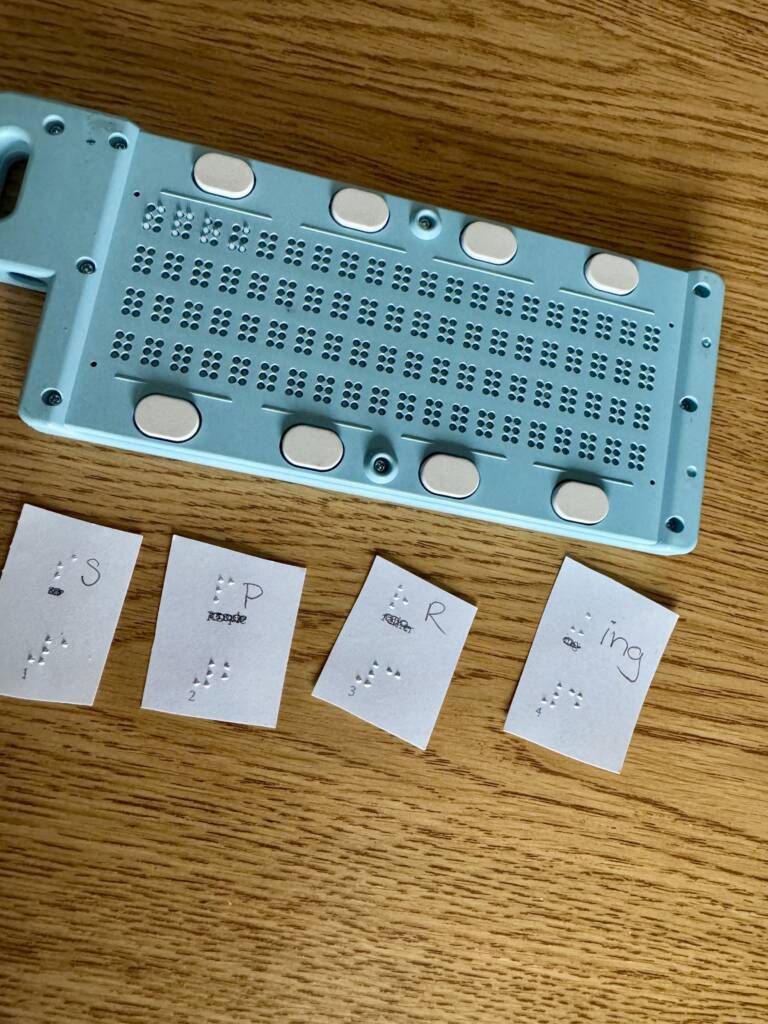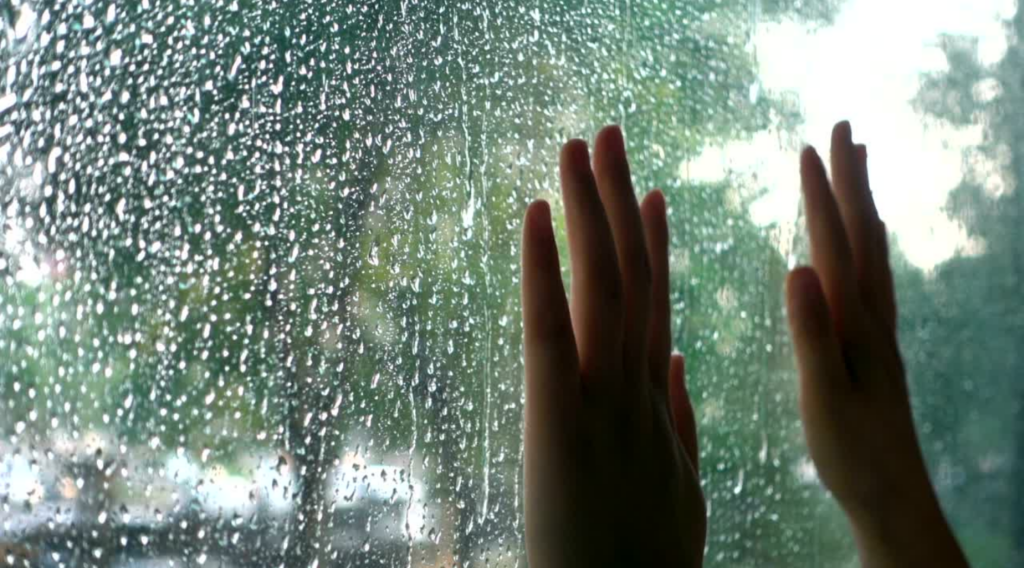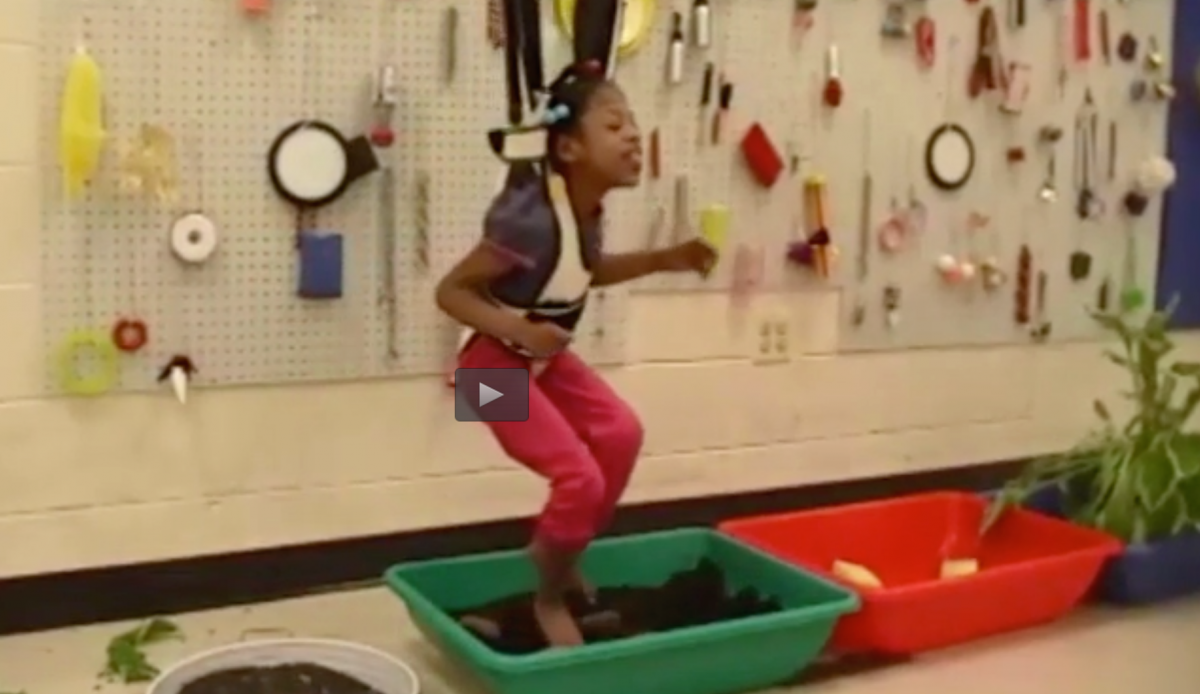 One of the issues often raised by instructors related to Active Learning is that it looks like “play”. This makes it difficult to explain how the child is actually focused on the same important “work” that engages the time of students without these significant challenges.
One of the issues often raised by instructors related to Active Learning is that it looks like “play”. This makes it difficult to explain how the child is actually focused on the same important “work” that engages the time of students without these significant challenges.
State and federal laws insure that all children have access to the General Education Curriculum. IEPs should reflect alignment to the same content that their grade level peers are accessing. This means they should have the same opportunity to study areas of science, social studies, reading, math, and so forth.
What is Active Learning?
Active Learning is an instructional approach for individuals of all ages who are still developmentally in the sensorimotor and pre-operational stages of learning. Based on the work of Dr. Lilli Nielsen, it can be utilized to teach most any content at a developmentally appropriate level for these learners.
Two videos showing a Science Lesson on the Active Learning Space website give examples of how this can be done. What both of the students are doing is the basis for all scientific learning – observation, exploration, experimentation, and the development of hypotheses about how the world works.
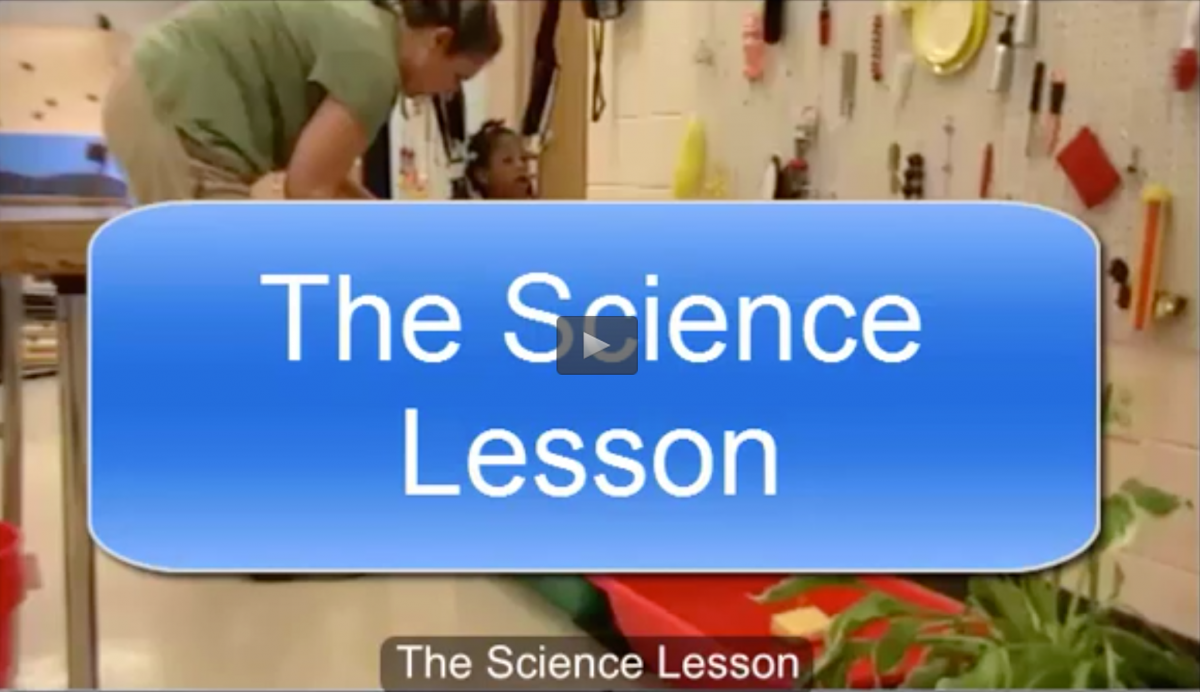
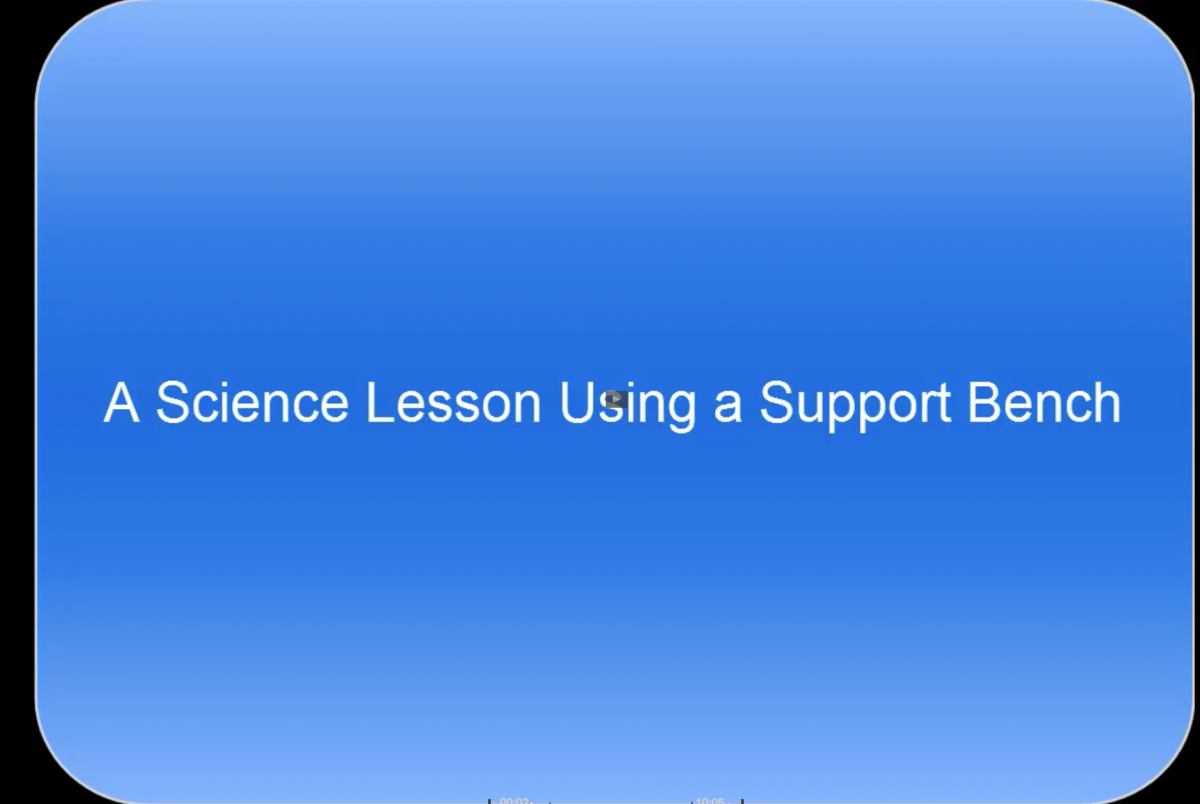
We still need to be able to point to specific skills from the General Curriculum to show this connection, however.
Sample General Curriculum Skills in Science
What follows below are some sample skills in the General Curriculum used in Texas (Texas Essential Knowledge and Skills) in the area of Science at various levels from Pre-K through High School. The activities shown in the video tape relates to these skills.
Pre-requisite Skills in Science
Energy & Matter: Characteristics and Properties of Matter
- compare and contrast a variety of mixtures and solutions such as rocks in sand, sand in water, or sugar in water
- measure, compare, and contrast physical properties of matter, including size, mass, volume, states (solid, liquid, gas), temperature, magnetism, and the ability to sink or float
Organisms & Environment: Identify How Organisms Meet Their Basic Needs
- identify and compare the parts of plants
- identify parts of plants such as roots, stem and leaves and parts of animals such as head, eyes, and limbs
– from the Texas Curriculum Framework Pre-requisite Skills in Science
Sample Curriculum Goals
Sample Science, Grade 1, Curriculum Goals
- classify objects by observable properties of the materials from which they are made such as larger and smaller, heavier and lighter, shape, color, and texture; and
- predict and identify changes in materials caused by heating and cooling such as ice melting, water freezing, and water evaporating.
Sample Science, Grade 3, Curriculum Goals
- measure, test, and record physical properties of matter, including temperature, mass, magnetism, and the ability to sink or float;
- explore and recognize that a mixture is created when two materials are combined such as gravel and sand and metal and plastic paper clips.
Sample Science, Grade 5, Curriculum Goals
- classify matter based on physical properties, including mass, magnetism, physical state (solid, liquid, and gas), relative density (sinking and floating), solubility in water, and the ability to conduct or insulate thermal energy or electric energy;
- demonstrate that some mixtures maintain physical properties of their ingredients such as iron filings and sand; and
- identify changes that can occur in the physical properties of the ingredients of solutions such as dissolving salt in water or adding lemon juice to water.
– from Texas Essential Knowledge & Skills §112.16
Sample Physics, High School, Curriculum Goals
- in all fields of science, analyze, evaluate, and critique scientific explanations by using empirical evidence, logical reasoning, and experimental and observational testing, including examining all sides of scientific evidence of those scientific explanations, so as to encourage critical thinking by the student;
Sample Goal Reflecting the Active Learning Approach
Science
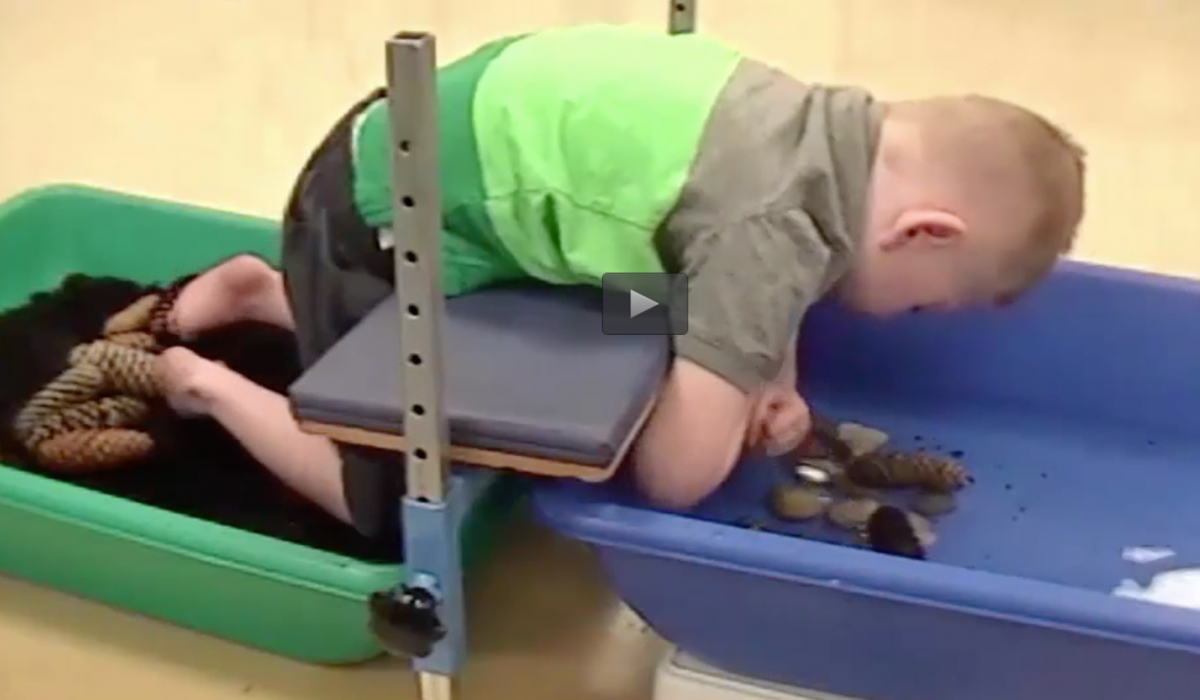
Summary
Using Active Learning approaches to teach general and expanded core curriculum areas just makes sense for the unique learning styles of students with visual impairments and significant multiple disabilities. We need to help parents, administrators and other educators understand that Active Learning and instruction aligned to the general curriculum make a perfect pairing of content and instructional approach for these unique learners.
To learn more about Active Learning, please visit the Active Learning Space website.
